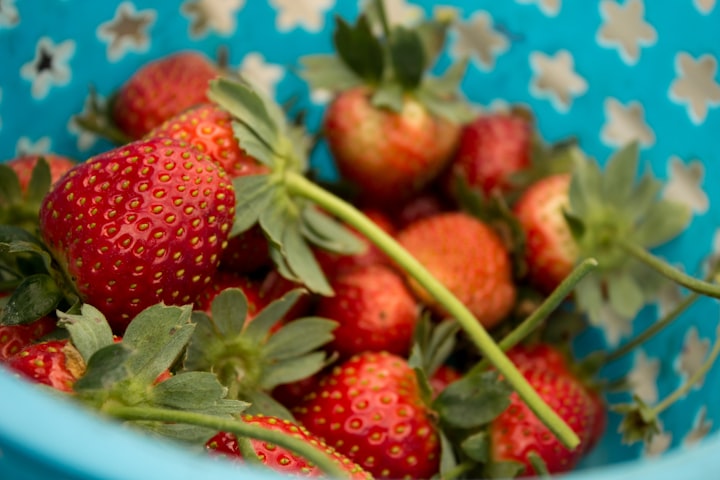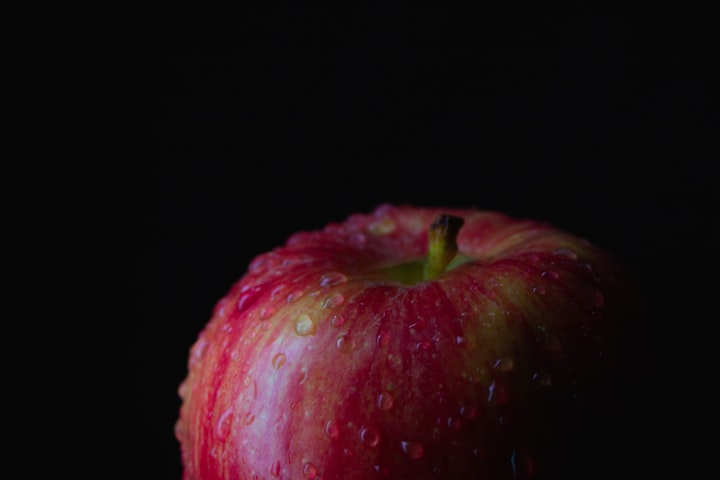
The strawberry tree, known scientifically as Arbutus unedo, is a small evergreen tree native to the Mediterranean region. Characterized by its bright red berries and unique bark, the strawberry tree is popular not only for its aesthetic appeal but also for its culinary and medicinal uses. In this article, we will explore the process of the strawberry tree in detail, covering its life cycle, growth requirements, propagation methods, and uses.
The life cycle of the strawberry tree begins with a mature tree producing flowers in the late autumn or early winter. The flowers are small, white, and bell-shaped, growing in clusters at the ends of the branches. These flowers are pollinated by insects, such as bees and butterflies, which transfer pollen from the stamens to the pistil. Once pollination occurs, the flower undergoes fertilization, resulting in the development of the tree's characteristic fruit – the strawberry-like berries.
As the fruit matures, it changes from green to a bright red color, tempting both birds and humans to harvest it. The berries of the strawberry tree are not only visually appealing but also edible. They have a sweet and slightly tart flavor, similar to that of a strawberry, hence the name. It should be noted, however, that the berries are not usually consumed directly from the tree due to their mealy texture. Instead, they are typically used in the preparation of jams, jellies, liqueurs, or even added as a unique ingredient in salads or desserts.
In addition to its fruit, the strawberry tree is also known for its unique bark. The bark of the tree is reddish-brown in color and peels off in thin layers, exposing a new layer underneath. This shedding of the bark gives the tree an attractive, patchy appearance that adds to its appeal as an ornamental plant. Furthermore, the bark of the strawberry tree has been traditionally used in the production of tannin, which is used for tanning leather, and as a natural dye for textiles.
In terms of its growth requirements, the strawberry tree thrives in a Mediterranean climate, where it receives hot, dry summers and mild, wet winters. It prefers well-draining soils and is tolerant of various soil types, including clay, loam, and sandy soils. However, it is essential to avoid waterlogged conditions, as excessive moisture can lead to root rot. The tree is also relatively tolerant of salt spray, making it suitable for coastal areas.
Propagation of the strawberry tree can be done through both sexual and asexual methods. Sexual propagation involves collecting mature berries from the tree, extracting the seeds, and drying them. The seeds can then be sown in a well-draining potting mix and kept moist until germination occurs, usually within a few weeks. Alternatively, asexual propagation can be done through stem cuttings. Hardwood cuttings taken from the tree in late winter or early spring can be rooted in a propagating medium, such as a mixture of sand and peat moss, and kept in a warm, humid environment until roots develop.
Once established, the strawberry tree requires minimal care. It is relatively drought-tolerant, making it suitable for xeriscaping or low-water landscapes. However, regular watering is recommended during its first year of growth to promote root establishment. Fertilizing the tree once a year, preferably in early spring, with a balanced slow-release fertilizer will provide it with the necessary nutrients for healthy growth. Pruning is typically minimal and should be limited to the removal of dead, damaged, or crossing branches to maintain an open and aesthetically pleasing shape.
In conclusion, the strawberry tree is a fascinating plant that offers more than just its beautiful appearance. From its vibrant red berries and unique bark to its culinary and medicinal uses, the strawberry tree is an asset to any garden or landscape. By understanding its life cycle, growth requirements, propagation methods, and uses, we can fully appreciate and cultivate this remarkable tree.
The strawberry tree, known scientifically as Arbutus unedo, is a small evergreen tree native to the Mediterranean region. Characterized by its bright red berries and unique bark, the strawberry tree is popular not only for its aesthetic appeal but also for its culinary and medicinal uses. In this article, we will explore the process of the strawberry tree in detail, covering its life cycle, growth requirements, propagation methods, and uses.
The life cycle of the strawberry tree begins with a mature tree producing flowers in the late autumn or early winter. The flowers are small, white, and bell-shaped, growing in clusters at the ends of the branches. These flowers are pollinated by insects, such as bees and butterflies, which transfer pollen from the stamens to the pistil. Once pollination occurs, the flower undergoes fertilization, resulting in the development of the tree's characteristic fruit – the strawberry-like berries.
As the fruit matures, it changes from green to a bright red color, tempting both birds and humans to harvest it. The berries of the strawberry tree are not only visually appealing but also edible. They have a sweet and slightly tart flavor, similar to that of a strawberry, hence the name. It should be noted, however, that the berries are not usually consumed directly from the tree due to their mealy texture. Instead, they are typically used in the preparation of jams, jellies, liqueurs, or even added as a unique ingredient in salads or desserts.
In addition to its fruit, the strawberry tree is also known for its unique bark. The bark of the tree is reddish-brown in color and peels off in thin layers, exposing a new layer underneath. This shedding of the bark gives the tree an attractive, patchy appearance that adds to its appeal as an ornamental plant. Furthermore, the bark of the strawberry tree has been traditionally used in the production of tannin, which is used for tanning leather, and as a natural dye for textiles.
In terms of its growth requirements, the strawberry tree thrives in a Mediterranean climate, where it receives hot, dry summers and mild, wet winters. It prefers well-draining soils and is tolerant of various soil types, including clay, loam, and sandy soils. However, it is essential to avoid waterlogged conditions, as excessive moisture can lead to root rot. The tree is also relatively tolerant of salt spray, making it suitable for coastal areas.
Propagation of the strawberry tree can be done through both sexual and asexual methods. Sexual propagation involves collecting mature berries from the tree, extracting the seeds, and drying them. The seeds can then be sown in a well-draining potting mix and kept moist until germination occurs, usually within a few weeks. Alternatively, asexual propagation can be done through stem cuttings. Hardwood cuttings taken from the tree in late winter or early spring can be rooted in a propagating medium, such as a mixture of sand and peat moss, and kept in a warm, humid environment until roots develop.
Once established, the strawberry tree requires minimal care. It is relatively drought-tolerant, making it suitable for xeriscaping or low-water landscapes. However, regular watering is recommended during its first year of growth to promote root establishment. Fertilizing the tree once a year, preferably in early spring, with a balanced slow-release fertilizer will provide it with the necessary nutrients for healthy growth. Pruning is typically minimal and should be limited to the removal of dead, damaged, or crossing branches to maintain an open and aesthetically pleasing shape.
In conclusion, the strawberry tree is a fascinating plant that offers more than just its beautiful appearance. From its vibrant red berries and unique bark to its culinary and medicinal uses, the strawberry tree is an asset to any garden or landscape. By understanding its life cycle, growth requirements, propagation methods, and uses, we can fully appreciate and cultivate this remarkable tree.






Comments
Maryann is not accepting comments at the moment
Want to show your support? Send them a one-off tip.